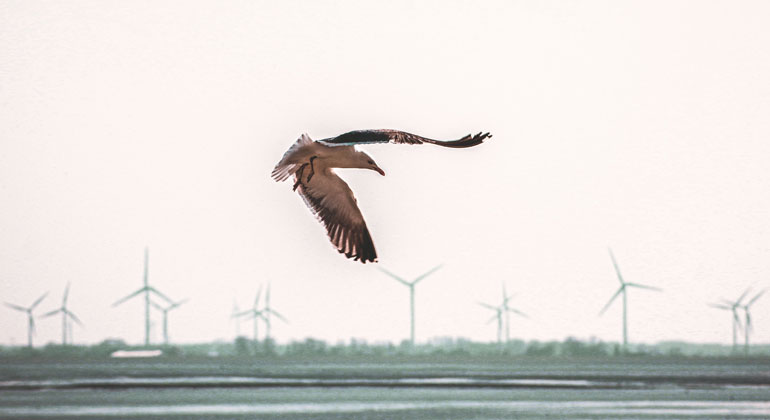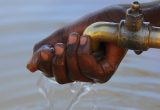€3 million research project reveals how seabirds avoid offshore wind farms
Cutting edge radar and AI tracks bird species and flight around offshore wind farm in 3D for the first time. No seabirds recorded colliding with turbines during two years of monitoring. Avoidance behaviour varies between species at ranges of 150m down to 10m from wind turbine rotor blade
Research using pioneering radar and artificial intelligence technology to track bird flight at the European Offshore Wind Deployment Centre (EOWDC) at Aberdeen has revealed remarkable insights into the flight behaviour of seabird species.
The findings form part of a €3million research investment by Vattenfall to learn more about offshore wind and the environment around the EOWDC, one of the largest programmes of its kind in the world.
The radar tracked birds flying towards Vattenfall’s Aberdeen offshore wind farm which then activated cameras and generated 3-dimensional flight tracks and video footage. This was used to identify the species of bird as they moved through the wind farm, as well as monitor whether they altered their flight path around the turbines.
The study produced invaluable data about the flying patterns of kittiwakes, herring gulls, black-backed gulls and gannets around the wind farm:
- No collisions or even narrow escapes were recorded in over 10,000 bird videos.
- Nearly all species of tracked seabirds avoided the zone of the turbine blades by adjusting their flight paths to fly in between the turbines. This pattern was similar for all three species of large gulls.
- Of those birds that came within 10 m of the zone swept by the blades, more than 96% adjusted their flight paths to avoid collision, often by flying parallel to the plane of the rotor.
The research also revealed different patterns of behaviour for different species of birds. Kittiwakes displayed avoidance behaviour from around 150m from the rotors, commuting herring gulls from around 100m and feeding herring gulls from 70m. In general, gannets and small and large gulls showed a strong tendency to avoid flying into the area swept by the turbine blades.
The findings could help speed up the consenting process for wind farms by providing more accurate information about the risk of bird collisions using realistic values for flight speed, orientation and altitude.
The RSPB provided valuable advice during the course of the project, together with a panel of experts from NatureScot, Joint Nature Conservation Committee and Marine Scotland Science.
Robin Cox, Environmental Specialist at Vattenfall, said: “We need to reduce emissions and build clean energy infrastructure in ways which protect and conserve wildlife. This is ground-breaking research that will significantly change our understanding of how seabirds behave around offshore wind farms.
“The fact that no collisions or even near misses were recorded in two years of recording, along with so much information about the reaction of individual species means we should be able to more confidently consent wind projects while protecting the UK’s internationally important seabird populations.”








